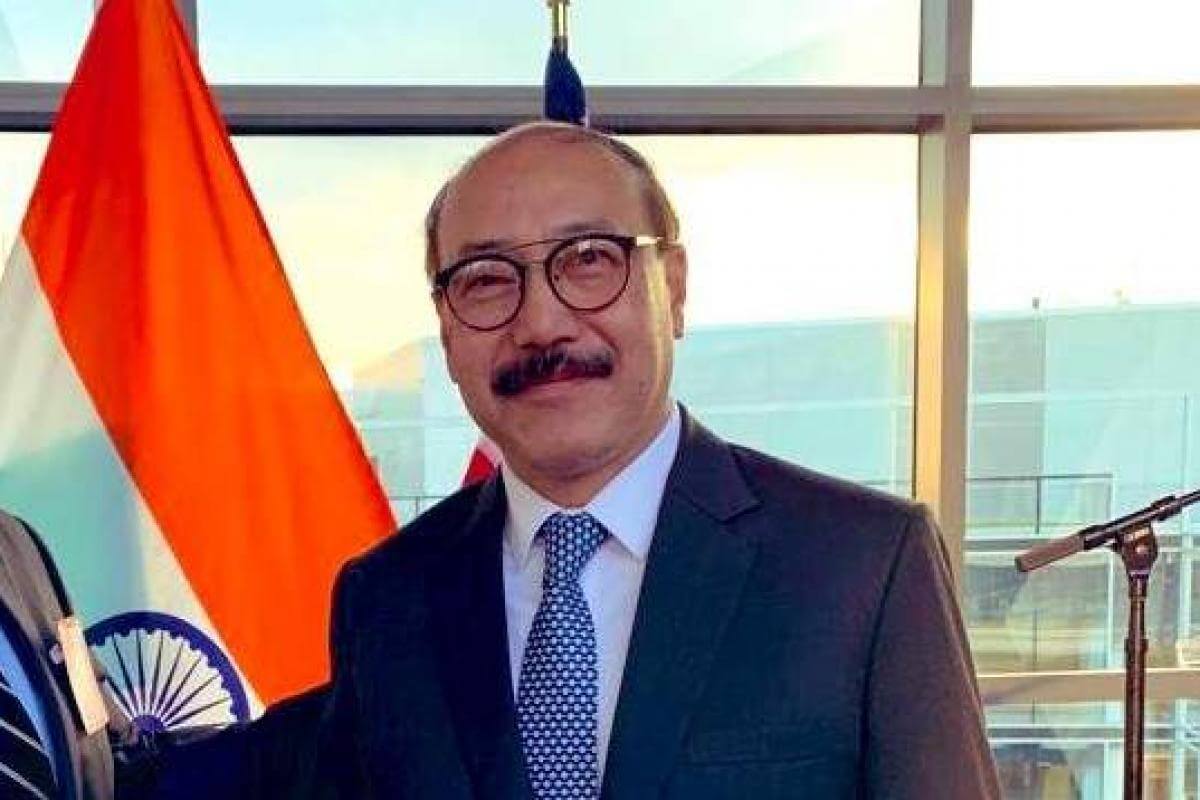On Tuesday, India, along with the Observer Research Foundation and the embassies of the “strategic triangle”, namely Japan and France, organized a virtual workshop on the Indo-Pacific. The objective of the meeting was to discuss maritime security and digital connectivity in the region. The meeting was attended by Satoshi Suzuki, the Japanese Ambassador to India, Emmanuel Lenain, the French Ambassador to India, Sunjoy Joshi, the Chairperson of the Observer Research Foundation, and Samir Saran, the President of the Observer Research Foundation. The discussion was chaired by Indian Foreign Secretary, Harsh Vardhan Shringla.
In his opening remarks at the workshop, Shringla said, “India, France and Japan are leading stakeholders in the region and with other like-minded countries, it is upon us to ensure that the Indo-Pacific remains peaceful and open, taking into account needs and concerns of all its inhabitants.” Further elaborating on the significance of the Indo-Pacific to India, Shringla said, “It signifies the seamless interface of the Indian and Pacific Oceans… Over 50% of global trade traverses this maritime domain. It is also home to over 60% of the world’s population and the global GDP. And so, the security, stability, peace and prosperity of this vast region is vital for the world.”
In response, the Japanese Ambassador said that India is an“indispensable partner” for Japan “to achieve its vision for a free and open Indo-Pacific”. “The free and open Indo-Pacific vision has been the core diplomatic concept that Japan stands on. And it remains so under the current PM (Yoshihide) Suga’s administration, as demonstrated by his first foreign visit destinations being Vietnam and Indonesia,” Suzuki added. This comes as both countries have been deepening cooperation and communication in areas of maritime security and connectivity through engagement in the Indo-Pacific. Last June, the Indian Navy and the Japanese Navy conducted military exercises in the Indian Ocean to increase the two forces’ interoperability. Such naval exercises are a routine occurrence in India and Japan’s strategic partnership and this exercise was the 15th such exercise in three years.
At Tuesday’s meet, the French Ambassador said that France has been following a “cooperative strategy” and that it “wished to work on key issues with its foremost Asian partners like India and Japan,” as well as other countries with similar agendas for the region.
While the Indo-Pacific region is important to India and Japan due to their geographic positioning, France has of late attempted to increase its presence in the region as well. French President Emmanuel Macron announced his decision last October to appoint Christoph Penot as an envoy to the Indo-Pacific region. Last year, France voiced its opposition to China’s aggressive actions in the region, such as increasing military vessels in the Indo-Pacific and the building of artificial islands. The Macron administration has also opposed China’s military presence at the Hambantota port in Sri Lanka, the Gwadar port in Pakistan, and in Djibouti, all of which conflict with French security interests in the region. The region is important to France because 93% of its Exclusive Economic Zone (EEZ) is situated in the Indo-Pacific. Moreover, the region’s islands also house over 1.5 million French citizens and 8,000 French troops.
All three countries have already been engaging in Indo-Pacific through several regional groupings. These include the quadrilateral security dialogue between India, United States (US), Japan and Australia, popularly known as the “Quad,” and several other trilateral groupings like India-Japan-US, India-Japan-Australia, and India-France-Australia.
India, France, and Japan Renew Commitment to Establish Free and Open Indo Pacific
India participated in a virtual Workshop on the Indo-Pacific with the ambassadors of Japan and France, during which the three officials expressed their shared vision for a free and open Indo Pacific.
January 20, 2021

SOURCE: TWITTER
